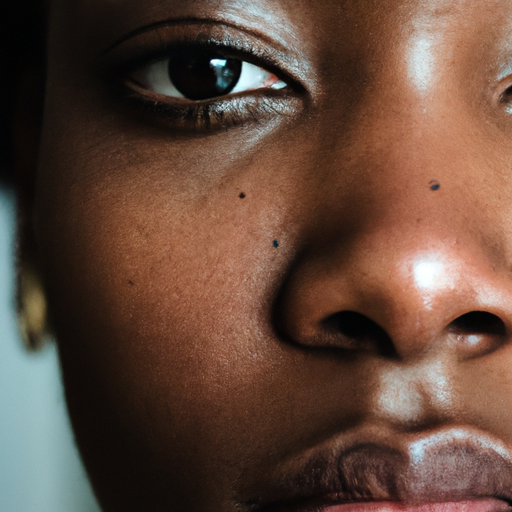As a medical professional, I have witnessed the transformative power of Botox in the world of cosmetic dermatology. Botox, scientifically known as Botulinum toxin, is a neurotoxic protein produced by the bacterium Clostridium botulinum. It has been used for decades in the medical field to treat a variety of conditions, but it is most commonly known for its ability to reduce wrinkles and fine lines. In this article, we will unmask the magic of Botox and take a deep dive into the world of wrinkle reduction.
Botox is a non-surgical procedure that involves injecting small amounts of the toxin into specific muscles. The toxin works by blocking nerve signals in the muscles where it is injected. Without these signals, the muscle cannot contract, resulting in a temporary reduction of wrinkles and fine lines. The procedure is quick, typically taking about 10 to 15 minutes, and requires no downtime.
The most common areas treated with Botox are the forehead, between the eyebrows (glabellar region), and around the eyes (crow’s feet). However, it can also be used to treat wrinkles around the mouth, on the neck, and even to reduce excessive sweating in certain areas of the body.
One of the main reasons for the popularity of Botox is its safety profile. When administered by a trained professional, Botox injections are considered safe. Side effects are generally minimal and temporary. They may include bruising at the injection site, headache, or in rare cases, drooping eyelids or eyebrows. However, these side effects usually resolve within a few days.
It’s important to note that Botox doesn’t work immediately. It takes about 3-7 days for the full effect to kick in and the results typically last for 3-4 months. After this period, as the effects of Botox begin to fade, the wrinkles will gradually reappear. However, they often appear less severe because the muscles are being trained to relax.
Botox is not a one-size-fits-all solution. The amount of Botox needed varies from person to person and depends on factors such as the severity of wrinkles, the strength of the muscles, and the desired results. Therefore, it’s crucial to consult with a qualified medical professional who can assess your individual needs and develop a personalized treatment plan.
Moreover, it’s important to remember that Botox is a medical procedure and should be administered by a trained professional. Unfortunately, the popularity of Botox has led to an increase in unqualified individuals offering the treatment. This can lead to poor results and potentially dangerous side effects. Therefore, always ensure that you are receiving treatment from a licensed and experienced healthcare provider.
In conclusion, Botox is a powerful tool in the world of wrinkle reduction. It offers a safe, effective, and non-surgical solution to reduce the appearance of fine lines and wrinkles. However, like any medical procedure, it should be administered by a trained professional and tailored to the individual’s needs. By understanding the science behind Botox, we can appreciate its magic and utilize it effectively to enhance our natural beauty.



